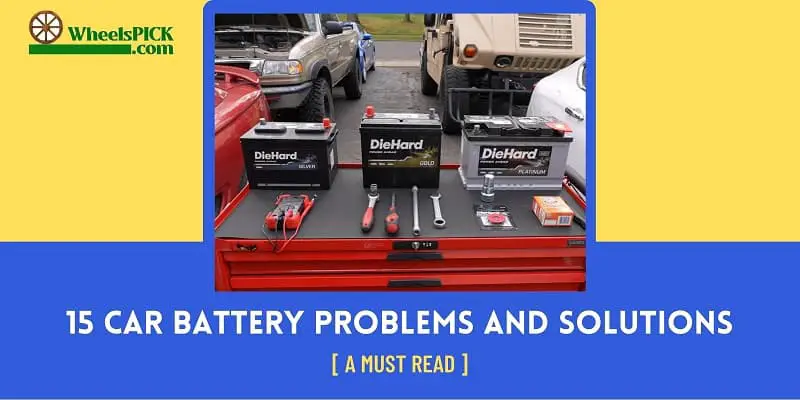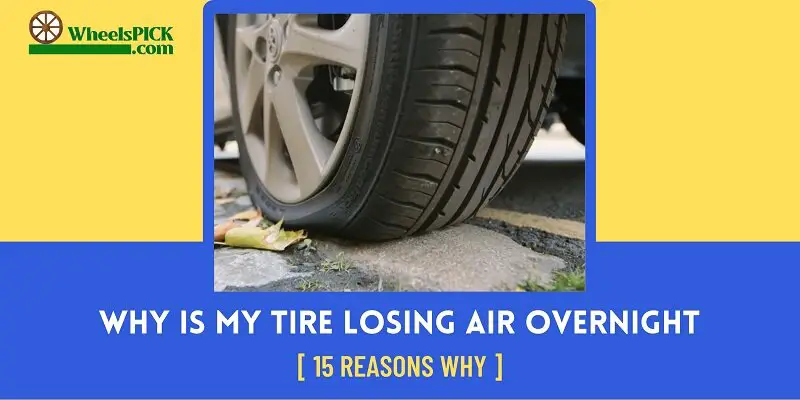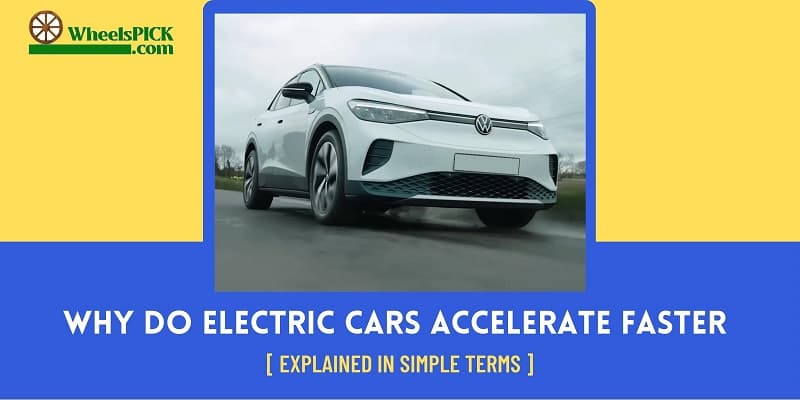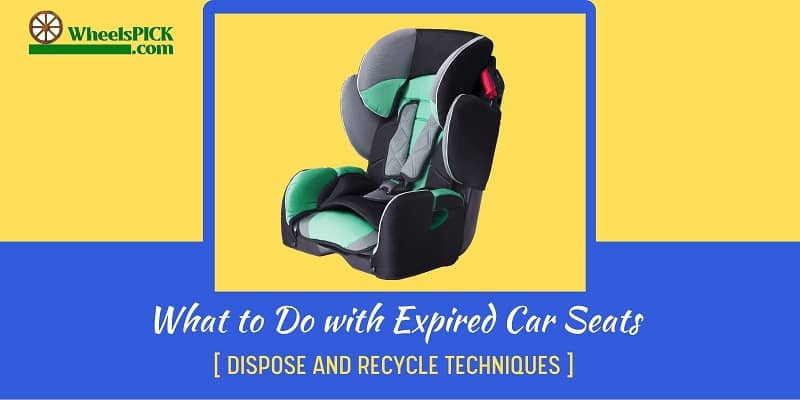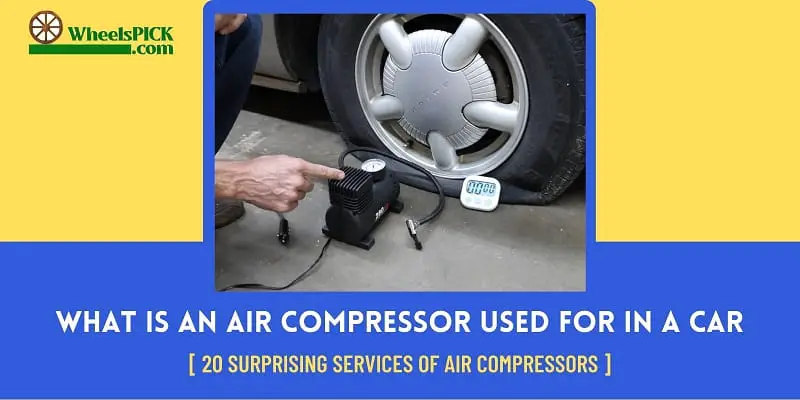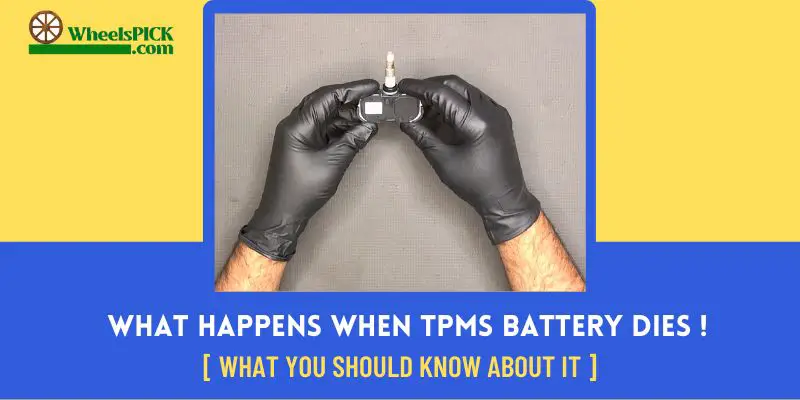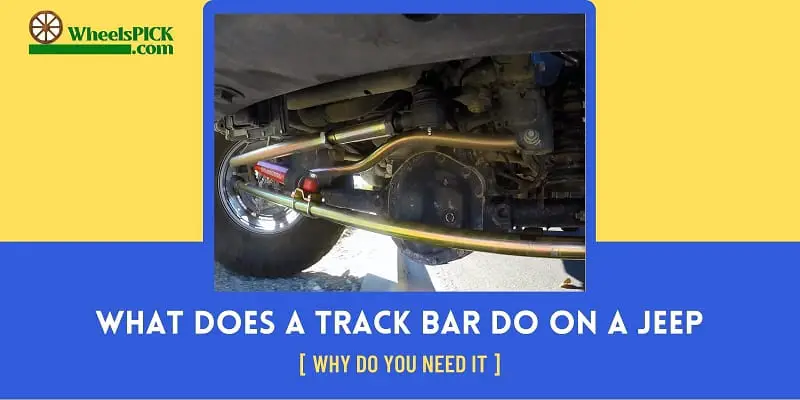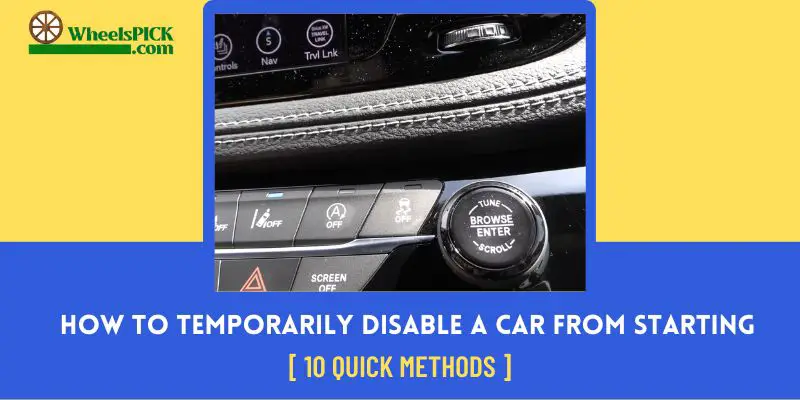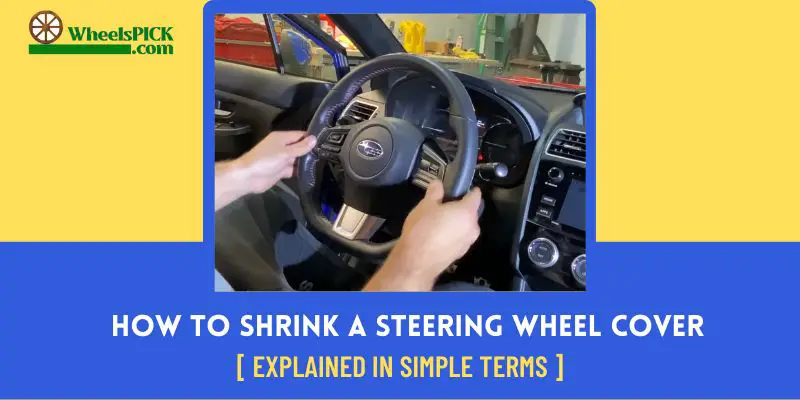A car’s battery can be compared to the kidney of human beings. Besides supporting the electrical systems, car batteries help the vehicle start in the first place. However, this critical part may show different issues after a particular time. Here are 15 car battery problems, solutions, and practical tips. Let’s find out!
Though modern vehicles have many advanced technologies and rugged construction, showing some breakdowns is still common for car batteries. But, regular maintenance and repair of the faulty parts will ensure a longer battery lifespan and proper functionality.
15 Regular Car Battery Issues And Their Simple Solutions
Does your engine start slowly? Or it has dim lights and electrical issues. The problem might be in the car battery. Here are the most common problems with car batteries and how to tackle them.
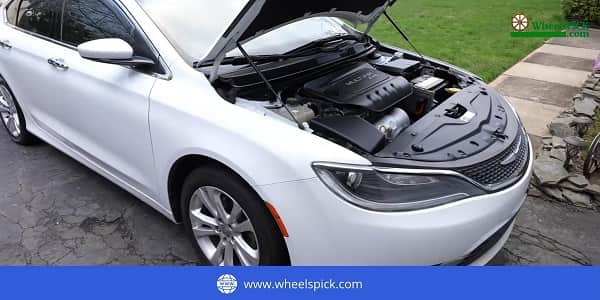
1. Dead Or Empty Battery
Can you guess the most common battery problem? It is nothing but a dead car battery! This problem can occur for various reasons, such as not using the car for a long-time, defective charging, too old battery, or corrosion on battery terminals. Sometimes, following the approach of jumping a car step by step may help you to start the vehicle.
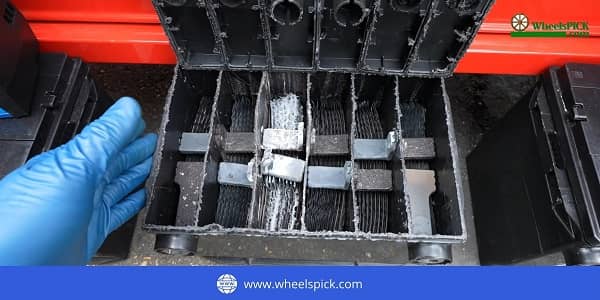
Solution:
-
Step: 1)
The first best solution to try is charging the battery. Usually, you need to take in a mechanical shop to recharge the battery from a top battery charger.
-
Step: 2)
Alternatively, charging the car battery from another car with a jumper cable is also possible. Connect the positive and negative terminal on the donor vehicle carefully and start it to recharge your car. If the battery is still not get recharged, get a new battery.
2. Not Switching Off Headlights
A car battery will fail if you don’t switch off the headlights after stopping the vehicle. This will lead to quick battery drainage. The battery may fully die within 4 to 8 hours of continuous on. It can be troublesome if your car has an automatic headlight system.
Solution:
-
Step: 1)
Turn off the headlights immediately after you remember them.
-
Step: 2)
Run the vehicle for a few minutes to recharge it. This will help you start the car the next time.
-
Step: 3)
If the battery is entirely dead, recharge it from a donor car or a mechanical show.
-
Step: 4)
Switch off the automatic headlight system to avoid unwanted battery drainage.
3. Loose Battery Terminals
When was the last time you checked your battery? Car batteries must be inspected at least twice yearly or after 6,000 miles of driving. Loose terminals can cause battery failures. Plus, the battery will charge slowly. And it may not be recharged fully due to resistance.
Solution:
-
Step: 1)
If your battery has any corrosion, use a cleaning spray to weaken the corrosion and remove it gently. Alternatively, you can use a mixture of baking soda and water.
-
Step: 2)
Connect the positive and negative terminals appropriately. Make sure to put the positive first before the negative cable.
4. Too Old Battery
Car batteries can usually last 3 to 4 years. But it can be 5 to 6 years at maximum. Your driving habits, electronic demand, weather, and temperature conditions affect its lifespan. Defective batteries will fail to provide enough power to the spark plugs and injectors.
Solution:
-
Step: 1)
Replace your vehicle battery if you notice any lack of power, even after charging them adequately.
-
Step: 2)
Don’t forget to consider the new battery size, freshness, average lifespan, ampere hour, reserve capacity, type and position of the terminals.
5. Charging Problems
People often ask: can a car radio drain battery? Can this really be true? Vehicle batteries get recharged when you drive the car.
Usually, a vehicle battery may take 10-24 hours to become a full charge. If you continuously run the radio, lights, music, and other things, it will drain the battery faster.
Solution:
-
Step: 1)
Avoid using radio, lights, music, and other alternator systems at a time, especially when you begin driving the car. Let the battery have enough charge.
-
Step: 2)
Make all charging terminals are working appropriately. If they are loose or disconnected, the car battery charging may not be up to the mark. Inspect the terminal conditions.
6. Corrosion In Battery Terminals
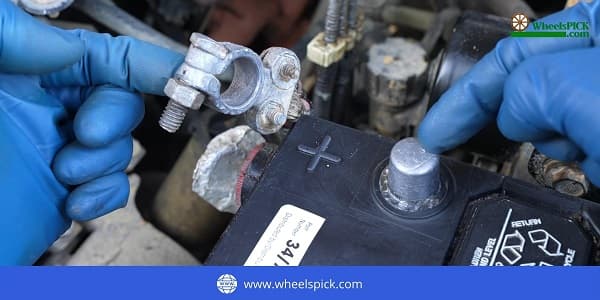
Imagine this— you went to a mechanical shop to repair the car. And you saw your car batteries are full of corrosion after lifting the hood. What could be the reason? Can you guess?
Car batteries may develop corrosion on the terminals from an acid reaction, overcharging, leaking battery fluid, or too old battery. Usually, you will see corrosion in batteries after 5-7 years. But extreme weather conditions and driving habits may invite it quickly.
Solution:
-
Step: 1)
Before removing the corrosion, use baking soda with warm water to neutralize the discharge and weaken the corrosion.
-
Step: 2)
Get an Isopropyl alcohol and put a few drops of the solution on a cotton bud. Then, gently clean the corroded area to get rid of corrosion from the battery terminals.
7. Reduced Water Level
Have you ever thought that water can affect your car battery performance? Well, I am not kidding! It is actually true. Lack of water can affect the battery performance.
A too low fluid level will prevent the battery from receiving enough electrolytes. The ideal fluid level for batteries is 1/2- to 3/4-in. Otherwise, the battery will drain quickly and take additional time to charge fully.
Solution:
-
Step: 1)
Add enough fluid to refill the bottom edge of the hole. Make sure it does not exceed 3/4-in. Or, it will cause excessive expansion of electrolyte levels and overflow the battery.
-
Step: 2)
Don’t forget to check the fluid level at least once monthly. Make sure to use distilled or deionized water that does not contain any minerals.
8. Lack Of Fuel
How often do you refill your vehicle fuel tank? The fuel tank of your car should not be less than ¼ tank. If you drive the vehicle with a too low level of fuel, it can cause premature failure, overheating, and even series damage to many components, including the batteries.
Solution:
-
Step: 1)
Refill your fuel tank whenever it becomes empty. Maintaining at least half full is best to let all components work effectively. It will ensure minimal torture for the battery alternator.
-
Step: 2)
Avoid filling an extra amount of fuel by placing the tank inside the vehicle. Additional fuel will go into the evaporation/charcoal canister and may damage the system.
9. Too Cold Or Hot Weather
So, what is the ideal temperature for a car battery? Too cold weather can drain your battery 30% to 60% faster. It also affects the chemical processes of the car battery.
In contrast, too-hot weather can affect the power-generating chemistry of the battery. It may often cause corrosion and irreversible damage inside the battery.
Solution:
-
Step: 1)
Don’t charge your car battery more than 70–80% in extremely hot weather. Also, keep the charge level at least 20%. If your car has a thermal management system, keep it on while driving. Plus, keep your vehicle speed level at 55 to 65 mph.
-
Step: 2)
Avoid using accessories unnecessarily to save battery life for freezing weather. Make sure to clean the corrosion from the battery terminals. Also, install a battery blanket for adequate insulation.
10. Swollen Battery Case
Does your battery case broken or appear swollen? Wondering why? This can happen from excessive vibration and corrosion.
However, extreme heat and overcharging of the battery can also be the culprit. The battery case may look abnormally bulged due to the expansion of the cell plates.
Solution:
-
Step: 1)
You may weld the cracked battery case as a temporary solution. But if the case breaks again, it may damage different engine parts. So, get a new car battery case.
-
Step: 2)
If the swollen battery case causes damage to the battery cell, you have no option but to replace the entire battery unit. Make sure to choose compatible and correct-size batteries.
11. Leakage In The Car Battery
Is your car battery sweating or wet? Or are you getting a rotten smell? This can be an indication of a car battery leak. Your vehicle battery may leak from overusing, overcharging, or overfilling. If the cell caps of the battery are not sealed appropriately, this problem can also occur.
Solution:
-
Step: 1)
Use baking soda and warm water to neutralize the leaky battery. The soda will make the sulfuric acid inside the battery chemically neutral. Make sure it does not cause too many bubbling or fizzing issues. Then, add a little amount of vinegar to break it down.
-
Step: 2)
Grab a piece of sandpaper and sand the cracked area of your car batter to make it smooth. Finally, apply a compatible sealant to the cracked region and wait 2-3 hours to dry it appropriately. Check the battery’s fluid level and add enough water inside the hole.
12. Short-Circuited Cells
Any idea why a car battery may have short-circuited cells? It is due to dysfunctionality between the negative and positive plates. But, this problem can also occur if any shed plate material grows under the plates. Plus, an overheated cell may melt the battery and damage the separator.
Solution:
-
Step: 1)
If one or several cells of your car battery are short-circuited, repairing them will not fix the problem. It will be catastrophically wrong. It is best to replace them.
-
Step: 2)
However, they might sometimes be partially damaged. Use a battery tester to learn the existing voltage and current of the battery cell. If it seems appropriate, use it temporarily.
13. Sulfated Car Battery
Have you ever noticed lead sulfate crystals on your battery surface and lead plates? It is known as sulfation. This problem mainly occurs because of deprived of a full charge. As an early sign, you will notice electrolyte begins to break down.
Solution:
-
Step: 1)
If your car battery only partially has sulfation issues, you can repair it. At first, recharge the battery fully. Then, overcharge it to create a regulated current of about 200mA.
-
Step: 2)
Use a battery tester to track its voltage and overcharge it for 24 hours. Each cell of the battery should have a voltage between 2.50V to 2.66V.
But what are the different levels of a battery tell you? Here is a table of battery state-of-charge charts:
| Voltage of battery | State-of-charge |
|---|---|
| 12.65 | 100% |
| 15.50 | 90% |
| 12.45 | 75% |
| 12.35 | 60% |
| 12.25 | 50% |
| 12.06 | 25% |
| 11.90 | Discharged |
14. Driving Habits
So, what are the ideal driving habits? Do you know that your driving habits affect the performance of your car battery? How often do you start your vehicle’s engine? Turning the engine on and off frequently will lead to quick drainage of the battery. It will shorten the battery’s life.
Solution:
-
Step: 1)
Avoid turning on and off your vehicle engine unnecessarily. This frequent practice will pressure the battery and drain the charge quickly.
-
Step: 2)
Don’t use the recreation systems when the car battery has a reduced charge. Or the battery will struggle to work smoothly. Avoid using speaker and woofer systems.
15. Dirt, Grease, And Oil
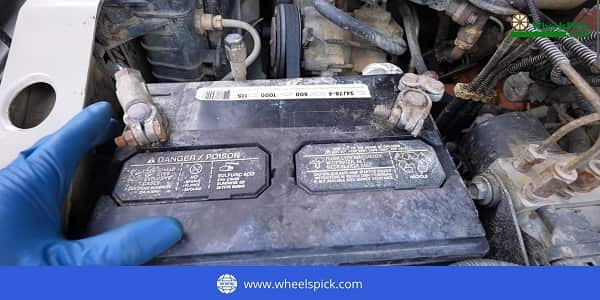
Ever noticed how much dirt, grease, and oil are in your car batteries? It can cause severe damage and reduce the current flow if they accumulate on the battery terminals for a long time.
Furthermore, the battery will take more time to get fully charged. Plus, it will result in quick battery drainage and premature failure.
Solution:
-
Step: 1)
You can use baking soda and water to remove dirt from the battery connections. If there is any further grease, use an old butter knife to scrape off them.
-
Step: 2)
Use a soft brush for further cleaning and rinse the battery only once in the water. Finally, grab a fresh, dry fabric to remove moisture from the terminals. You can apply Smear petroleum jelly to the terminals to avoid further corrosion.
Check out the video below for a detailed idea of how to check and replace a bad car battery.
Frequently Asked Questions (FAQ’s)
Q1. What Are the Signs of Car Battery Problems?
A) Dim Headlights, electrical problems, bad smells, corrosion on the battery terminals, a slow engine start, etc. are the common signs of car battery problems.
Q2. How Can You Tell if a Car Battery Needs Replacing?
A) If your car has been unused for several years and struggles to start smoothly, your car battery needs a replacement.
Q3. How Many Years Do Car Batteries Last?
A) Car batteries generally last 3 to 4 years. But some advanced and well-maintenance batteries may last around 5 to 6 years.
Q4. How Do I Test My Car Battery?
A) You can use a battery tester to inspect the health of your battery car. Recharging the battery is crucial if the reading is less than 12.4 volts.
Q5. How Do You Check if a Car Battery Is Good?
A) If the car battery reads 12.6 volts or more on the multimeter scale, it appears to be a good battery. But when you start the engine, the reading should be 13.7 to 14.7 volts.
Final Thoughts
So, which issues have you seen in your car battery? Regardless of the problem, quickly addressing the problem is crucial. We have outlined 15 car battery problems and solutions to save the vehicle from further damage.
If your car battery has already become 4 or 5 years, it is better to replace it. Avoid keeping the car idle for too long. Run the engine for at least 15 minutes every week. This will prevent unwanted battery drainage issues.

